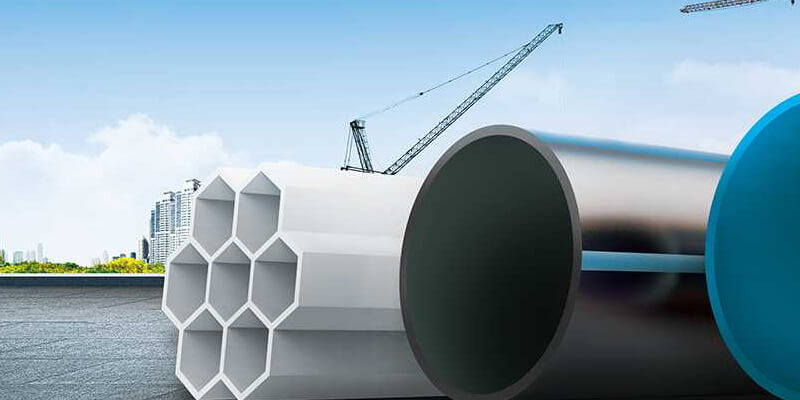Polyvinyl chloride is an important compound that has become essential in the manufacturing sector. PVC has many desirable qualities that make it necessary in the production of certain products. These products are used in domestic and industrial settings daily. One of the core areas where PVC has gained prominence is the production of durable pipes. The reason for the increasing usage of PVC pipes can be attributed to its many desirable properties. A typical lesso pipe can last for more than 50 years of usage. In comparison to metal pipes, PVC pipes have more than enough qualities that make them unique. This article looks at some of those unique qualities to look out for in a typical lesso pipe fitting.
Pipe Diameter
Due to its many applications, PVC pipes vary in diameter for many reasons. The bigger the diameter of the pipe, the more content it can transport. You should also know that the diameter of the pipe influences the flow rate of the pipe. A pipe with a smaller diameter is likely to have a higher flow rate than that with a big diameter. In the plumbing world, each pipe size has its specific use. Bigger pipes are used in the sewers and water distribution as they are more suitable for this purpose. When it comes to domestic plumbing works, pipes with smaller diameter are better for water distribution. For industrial electrical works where pipes are used for conduit, smaller pipes can get the job done.
Pipe Fitting
Pipe fittings refer to those components that are used in connecting pipes in a network. There’s an array of pipe fittings available for plumbing works, and each of these fittings has its specifications. The type of fitting to be used for PVC pipes is usually dependent on the purpose of use. Here are some of the pipe fitting types;
Tee: As the name suggests, a tee could be likened to an intersection where roads meet. The Tee fitting serves as a T-junction where three pipes are connected. These pipes are usually facing different directions, and one of the pipes is usually the supplier to the other two pipes.
Elbow: The elbow fitting is specifically suited to making a sharp turn in a piping network. The turn could be at an acute or obtuse angle, depending on the direction of flow. You’ll most likely find the elbow fitting at 45 or 90 degrees angle of flow.
Adapter: The adapter is mostly used when there is a need to switch from one pipe type to another. Take, for example, when there’s a need to switch from metal material to PVC pipe.
Cross: The cross fitting is one of the most important pipe fittings that’s used in plumbing. The cross is used at a point where four pipes meet.
Bushing: When you need to connect pipes of varying sizes, the bushing fitting comes handy.
Final Thought
The PVC pipe is a vital part of any plumbing project in many ways. While you’re looking to get these pipes, this article lists certain features and components that aid the project.
